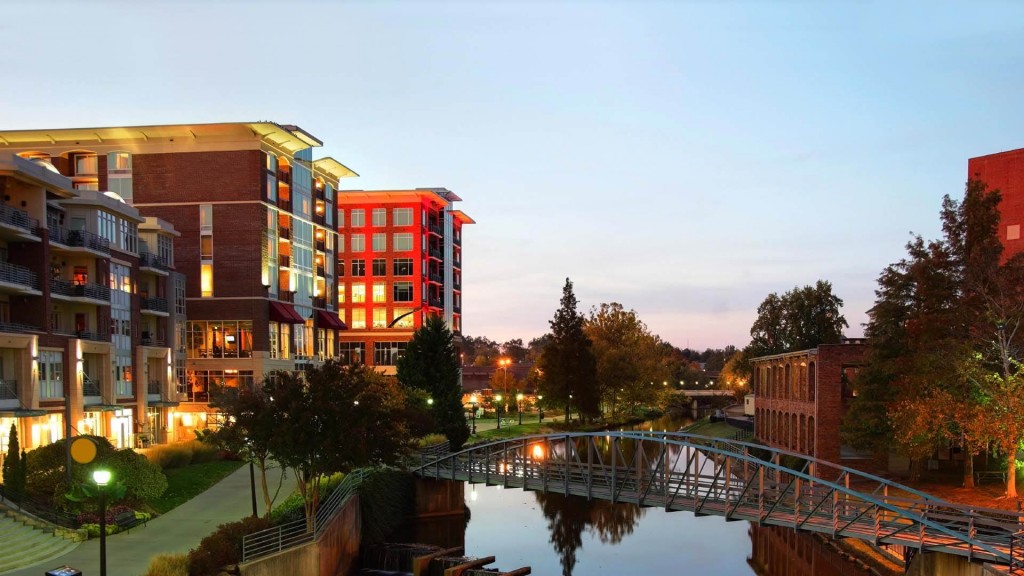Trusts are keeping a watchful eye on the changing landscape, NIC panelists say
By Murray W. Wolf

Despite economic uncertainty, most healthcare real estate investment trusts (REITs) like Sentio Investments say they are remaining bullish on senior living assets, such as the firm’s 60,000 square foot Oakleaf Village at Greenville, S.C., which contains 66 assisted living units and 24 memory care units. (Photo courtesy of Sentio Investments)
Real estate investment trusts (REITs) continue to play an outsized role in the state of the healthcare real estate (HRE) industry.
Huge inflows of low-cost capital for both public and private REITs in recent years have made them the dominant buyers of senior living, post-acute and medical office building (MOB) assets.
But while healthcare REITs have certainly played a leading role in most of the largest MOB acquisitions in recent years, they have been perhaps even more dominant in the post-acute and senior living sectors.
The full content of this article is only available to paid subscribers. If you are an active subscriber, please log in. To subscribe, please click here: SUBSCRIBE






Comments are closed, but trackbacks and pingbacks are open.